The editor explores the enduring appeal of the Air Arms S510 TDR
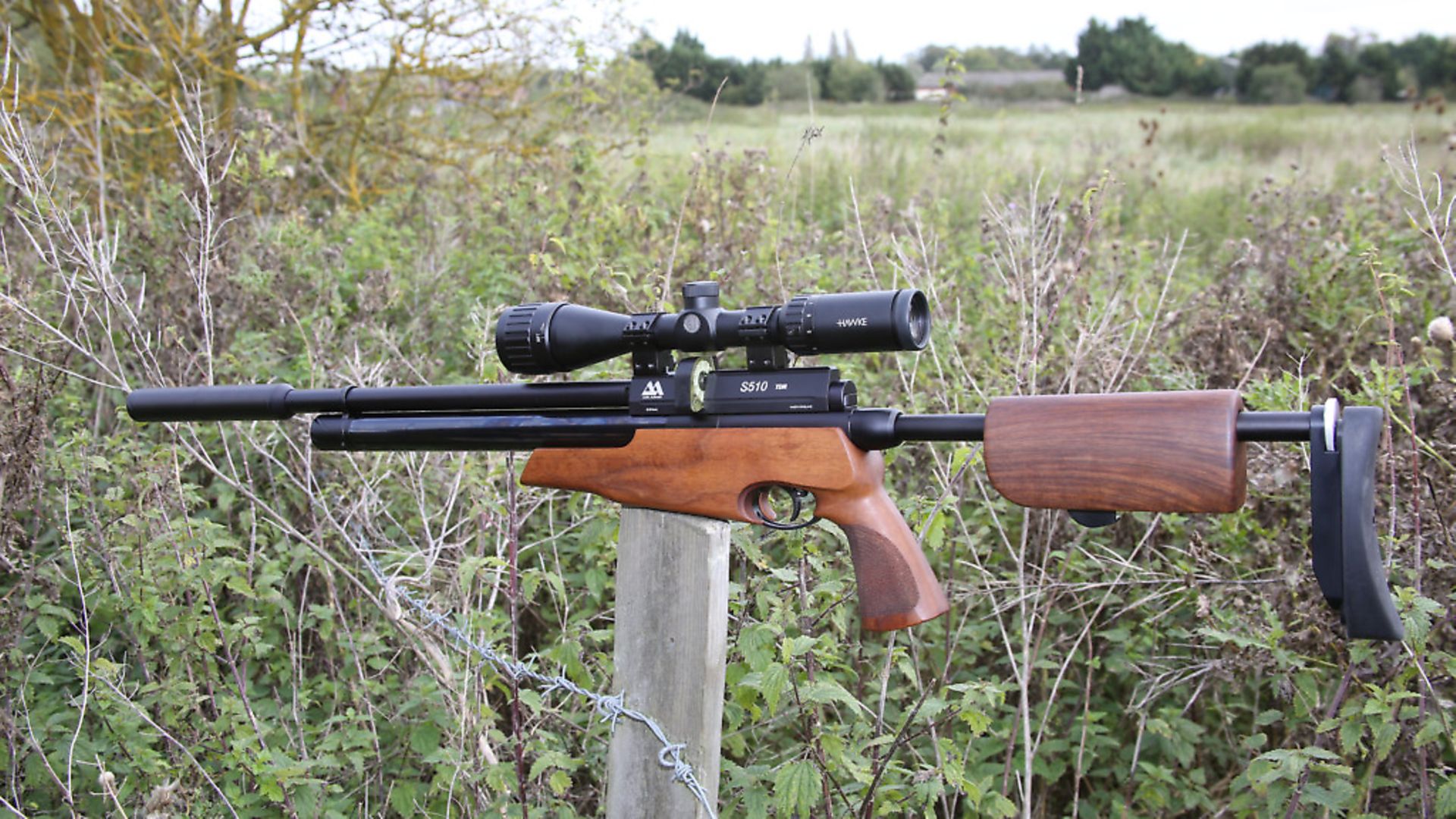 credit: Archant
credit: Archant
Last month saw me taking some tentative steps with the pre-production prototype of the S510 TDR rifle I’m testing right now. As I did so, I revealed the full effect of customer input on the final presentation of the rifle, and found myself surprised by the number of requests Air Arms had received to swap the previous TDR’s rucksack-style storage case for a rigid one. I was so intrigued by this punter-driven change of presentation that I lurked around the Air Arms stand at the recent Midland Game Fair and intercepted various shooters to see what they thought. The result was most interesting.
The majority of the TDR users and potential owners thought the new rigid case was a good move. OK, I’ll go with that; agree to disagree and all that. What I found really surprising was the amount of people who told me they never take their TDRs apart, but keep them fully assembled in conventional rifle cases. You what? Why not just have a standard rifle? I was told that the ‘fully assembled’ users simply prefer the lightweight , stripped-back, style of the TDR, and that ‘the takedown facility is always there if I need it.’
Since last month’s magazine hit the news stands I’ve had several calls and emails on this very subject, with very few agreeing with me. Those who did agree with me did so most vocally, but there weren’t many. Oh well, that’s me told.
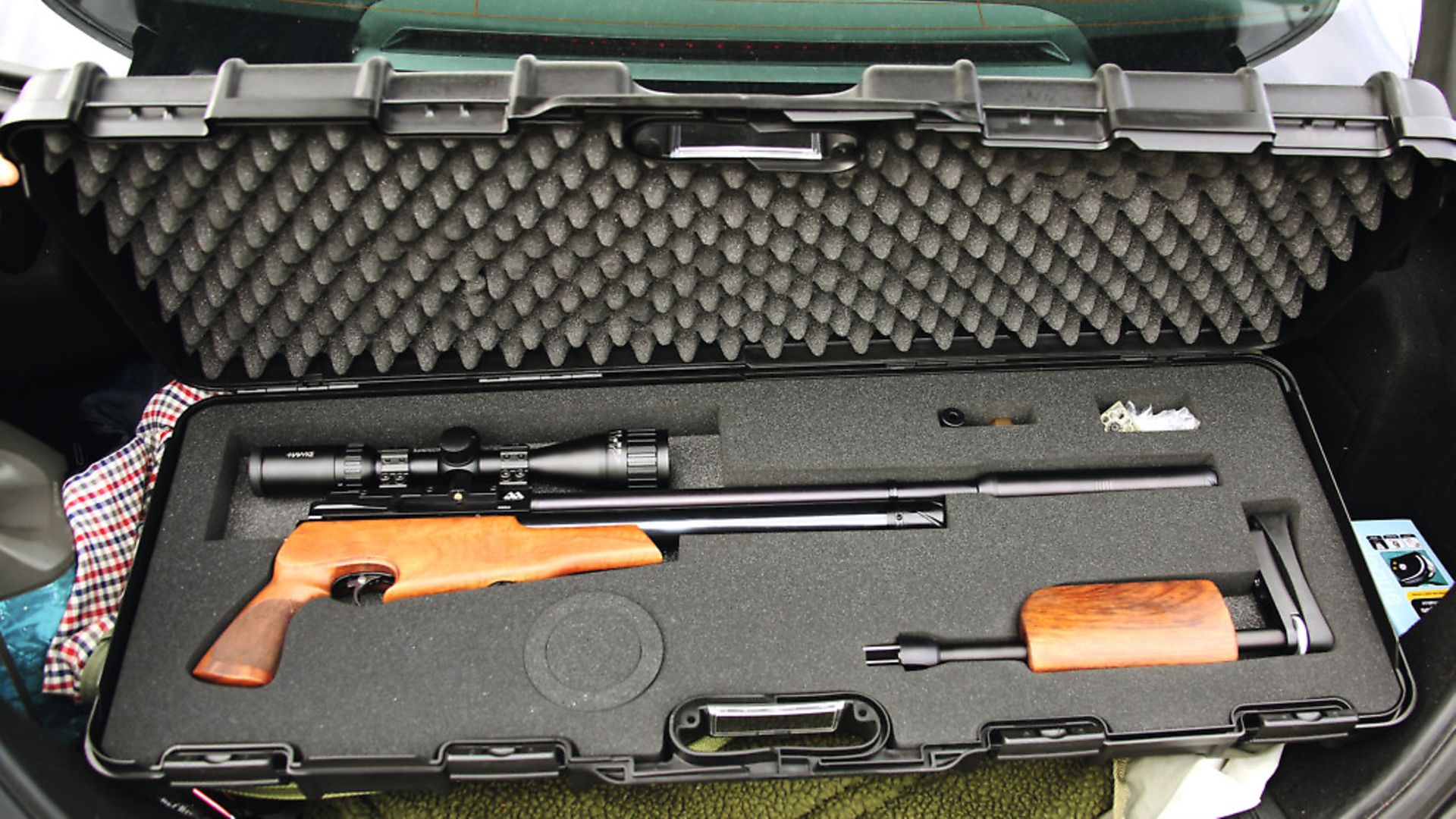 credit: Archant
credit: Archant
What’s in the box?
For the S510’s £889 rrp, you get the two-part rifle itself, a specially modified Q-Tec silencer that can remain fitted whilst the rifle is cased, the charging adaptor and two, 10-shot removable magazines. You also get the case itself and that’s quite a product. Foam-filled, eggbox foam on top, flat in the base, this rigid, super-resilient, black synthetic gun box is 36 inches long, 15 inches wide and just under 5 inches deep. That means it will fit neatly into most car boots, plus there’s plenty of room within the case to make your own cut-outs in the foam to take accessories such as a cleaning kit, basic tools, a gunlamp and maybe a printout of your permission letter, to go with the pellet tin cut-out already there. The case can also be locked and secured by means of a securi-cord-type fixture, which is never a bad thing.
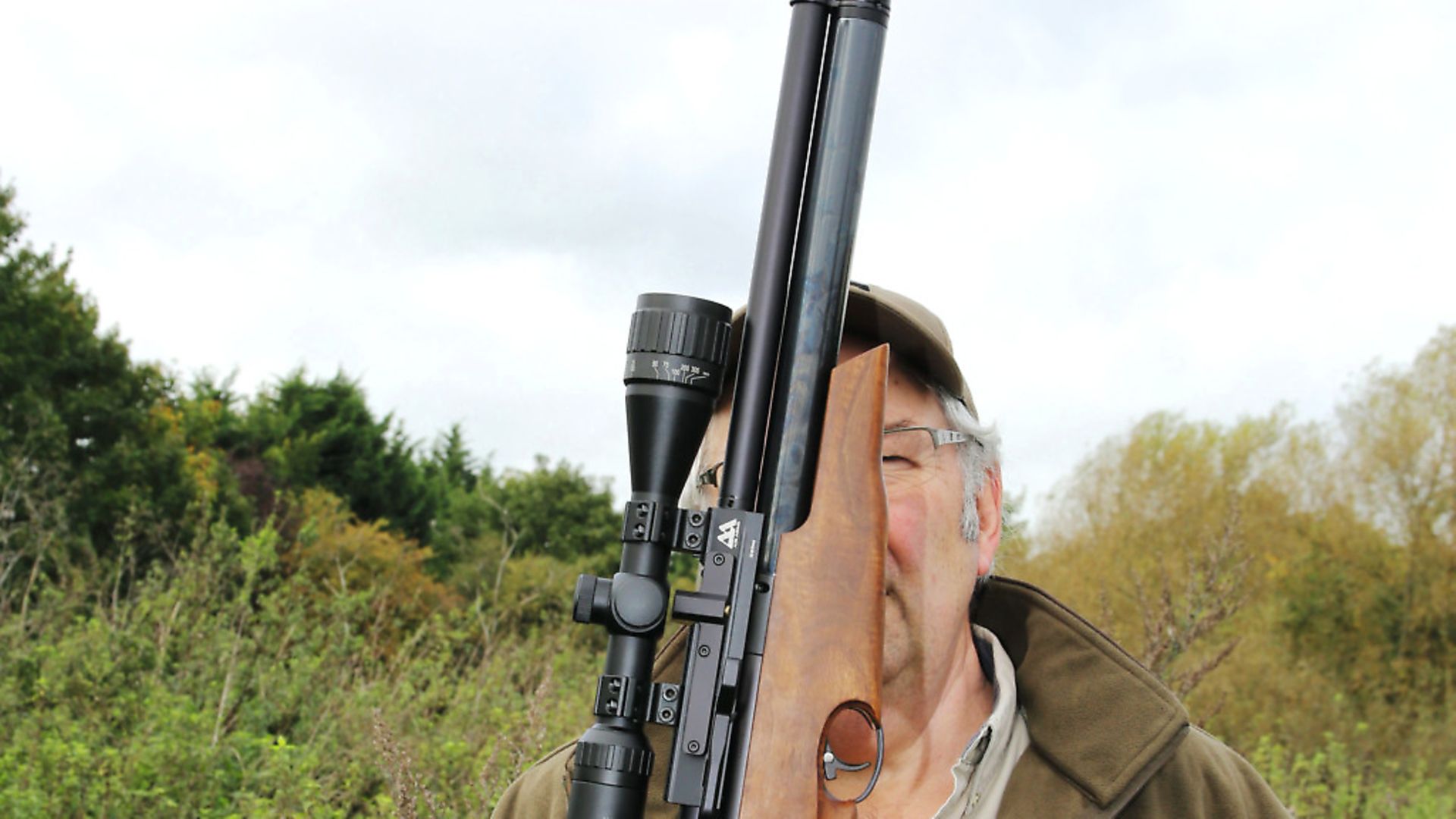 credit: Archant
credit: Archant
A question of capacity
I’ve used the TDR many times over the years and I’ve always summed it up as ‘all the performance in a takedown format’. What I should have been saying all these years, is ‘all the performance you need, in a takedown format’, and I’m amazed that no one has picked me up on it. You see, the standard S510 Carbine produces around 60, full-power shots per 190-bar charge in .177, and around 80 in .22, whereas the TDR version ‘only’ gives an officially stated 40 shots in both calibres.
Now, most airgun companies tend to understate rather than overstate their rifles’ shots-per-charge output, and Air Arms are no different in this regard, so I wasn’t remotely shocked to find the .22 test rifle clocking 50 perfect shots per charge. That said, even if 40 really was the number of available shots, I’d like to see anyone out there lug home even half that number of rabbits on a hunting trip. Wouldn’t it be wonderful if 40 shots weren’t enough on a regular basis? Dream on, and in the meantime, if the action really is that hot, take an air tank or pump with you – because you’ll have plenty of room in your car boot, thanks to that compact case.
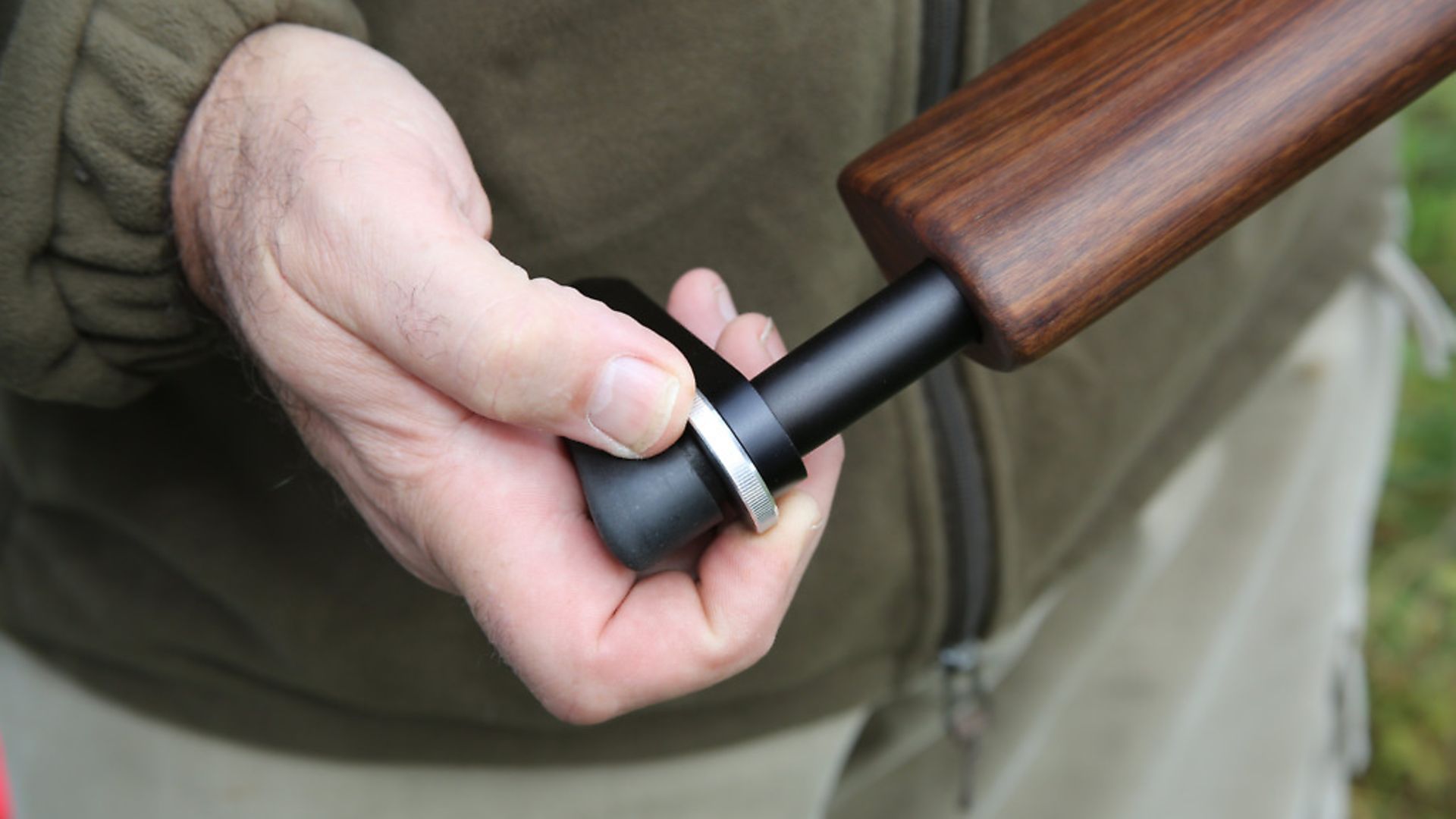 credit: Archant
credit: Archant
The rifle itself
What looks like a standard S510 Carbine action, albeit with a tricked-out back end to take the TDR’s skeletonised butt section, has actually had some major changes made to it. These alterations to accommodate the takedown facility mainly centre on the breech block, striker block, barrel shroud and silencer, but there are at least 15 significant departures from the standard S510 blueprint.
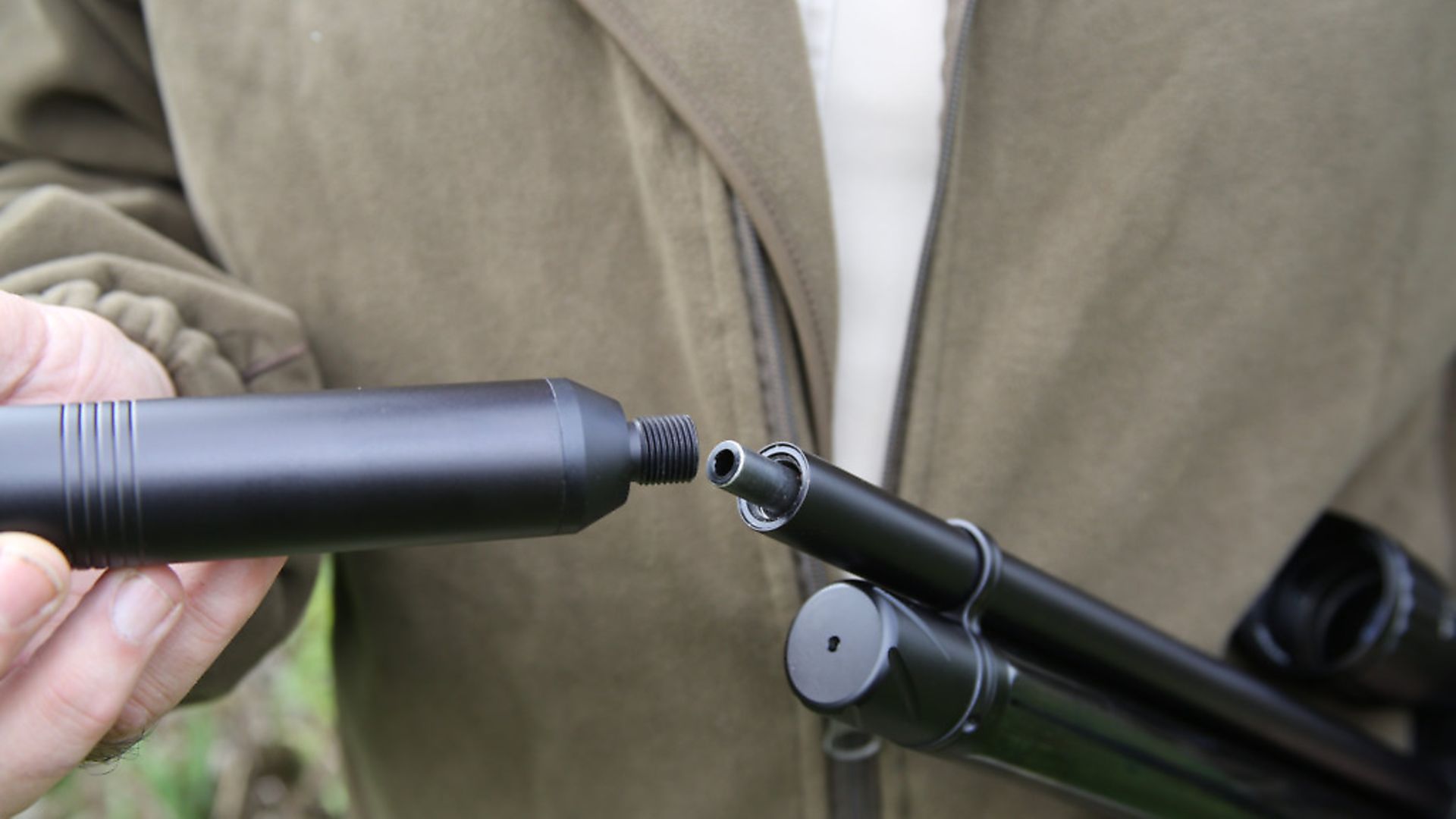 credit: Archant
credit: Archant
Much remains the same, though, such as the specially commissioned, Lothar Walther barrel, the 10-shot pellet magazine, the rifle’s trigger set, and the contact areas of the easy-action sidelever. This all comes together in a reassuring, ambidextrous style, once the TDR is assembled and ready to go.
Getting it together
Transitioning the TDR from takedown to action-ready takes me between 25 and 30 seconds. The whole deal involves locating the three pins on the front of the butt section with their corresponding ports at the rear of the action, pushing the two sections together, then rotating the knurled wheel in front of the butt pad until all is locked and the TDR is ‘live’. Until the butt stock has been fully wound home, the TDR’s action is a mere ornament, and completely inert.
From here on in, it’s simply a case of dropping pellets into the familiar Air Arms magazine, slotting it home once the sidelever has been drawn back, then closing the lever and getting on with the shooting.
The TDR’s scope remains fixed, as does its silencer, so perfect zero is maintained, a fact I tested many times as I demonstrated the test rifle to all sorts of interested parties, and this rifle certainly generates more than its share of interest. Basically, there’s no worry about the S510 TDR losing zero between takedown and build-up.
Portability
I could have utilised the rifle’s brief understock accessory rail, fitted a bipod, and carried out the full benchrest accuracy assessment, but I didn’t. Instead, I briefly plonked the TDR on a beanbag at my club, shuffled the scope about a bit to sort out eye alignment, tweaked the zero to my preferred 32 yards, shot some impressive groups to show off a bit, then took down the takedown, lobbed the case in the boot of my car, and headed for my nearest permission.
The Air Arms S510 TDR is far more at home with its owner roaming about or stalking, taking shots as they present. It also works well as an ‘ambush’ rifle, in static hunting situations, or for lamping on foot, where walking long distances is involved. The light weight of this sporter will obviously be welcomed by hunters who prefer to be mobile and cover as many of their shoots’ hotspots as possible, but does the portability of the TDR mean a lack of on-aim stability?
Handling and accuracy
An inaccurate hunting rifle is worse than useless, it’s a genuine liability. With the proven hardware incorporated in the S510 TDR, its downrange accuracy should be assured, and it is, but that assurance is only there thanks to proper design and well-thought ergonomics.
When a rifle is obliged to function away from standard configuration, compromises have to be made, but right from the first prototype of this particular takedown, the working mantra was, ‘it must feel, handle and perform like a full-specification sporter.’ I remember field testing the first working TDR, and the then Air Arms manager, the much missed Bill Sanders, telling me, ‘it mustn’t feel like a takedown when you’re shooting it.’ It doesn’t, thanks largely to the stock design talents of another Air Arms legend, Nick Jenkinson, who came up with the original idea for the TDR, and subsequently developed the concept. Nick’s a genius and one of the finest air rifle marksmen ever to squeeze a trigger, and he got the design of this one just right. It feels like a proper hunting rifle, shoots single-hole groups out to 40 yards like a thoroughbred, and when you settle behind that scope, you’re holding full confidence in your hands.
Specification:
Model: S510 TDR
Manufacturer: Air Arms
Country of origin: UK
Price: £899 as tested, including Q-Tec silencer, two, 10-shot magazines, charging adaptor and fully-padded hard case
Type: Pre-charged, multi-shot, takedown sporter
Calibre: .22, .177
Cocking: Sidelever
Loading: Via removable, rotary 10-shot magazine
Trigger: 2-stage, adjustable for length of stage and let-off weight
Safety: Manual, in-trigger
Stock type: Ambidextrous, skeleton-type, two-piece, walnut, with adjustable butt pad
Weight: 2.8kg (6.2lbs) Unscoped
Length: 1030mm (40.5ins)
Barrel: 395mm (15.55ins)
Fill pressure: 190 bar
Shots per charge: Stated 40 in .22 and .177. Test rifle produced 50 in .22
Variation over 40 shots: 14 fps for .22 on test
Average energy: 11.6 ft.lbs.
Options: High-power model
Contact: Air Arms on 01323 845853